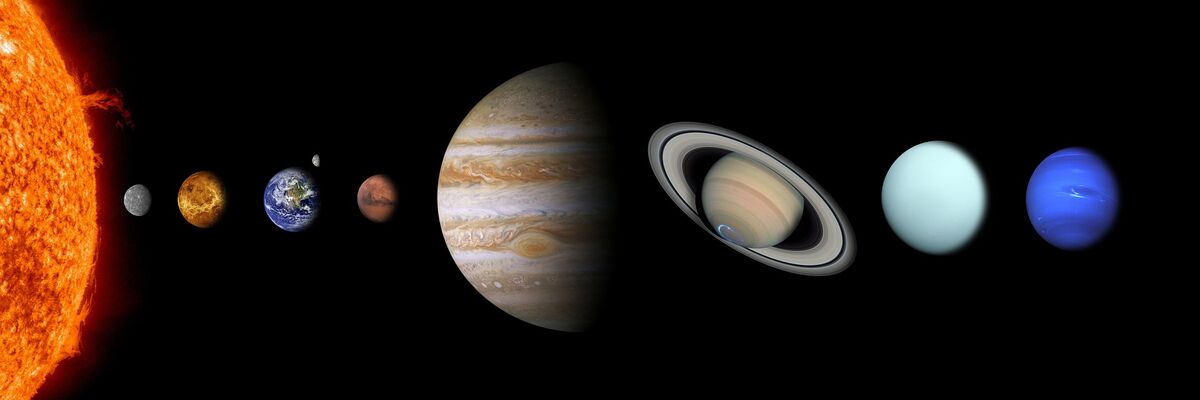- 13,296
- 3,640
If you were to physically strike a star which moved it at FTL speeds, why would it still be Star level and not something like Solar System (given how it goes 4-B once it reaches around 90% SoL from what I saw)? It wouldnt really make sense for something to go baseline if it surpasses the speed of light, even if the values get wacky past that, it would regardless be higher than it was when it was moving at 90% SoL, so we could just assume 99% SoL if it goes at FTL speeds from a physical strike.
Also, another question: if hitting a star causing it to move at FTL speeds a little distance required many people to move it, would dividing the speed by the number of people work, since it is like them affecting their individual strength? I asked that because of a certain feat I saw where it took 5 people to move it a little at that speed by jumping.
Also, another question: if hitting a star causing it to move at FTL speeds a little distance required many people to move it, would dividing the speed by the number of people work, since it is like them affecting their individual strength? I asked that because of a certain feat I saw where it took 5 people to move it a little at that speed by jumping.
